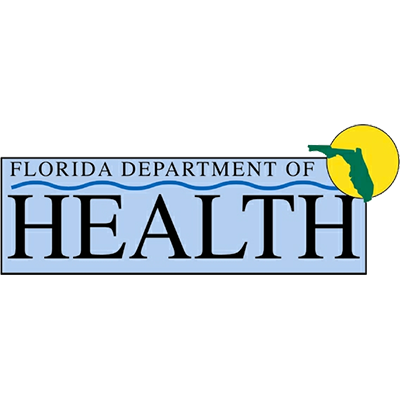The combination of buprenorphine and naloxone is being studied as an option to treat pain associated with cancer and cancer treatment. Opioids are usually used to treat pain in cancer patients. As many of you may know, much of my writing is done on behalf of Florida Springs Wellness and Recovery, one of the best drug rehabs in Florida and the United States in general. One of the tricky aspects of treating substance use disorder, and opioid use disorder, in particular, is that many patients with OUD have pain issues or will have pain issues in the future, especially if they have a cancer diagnosis. Buprenorphine and Naloxone, under the brand name Suboxone, are accepted as a beneficial treatment for opioid use disorder. That therapy is called Medication-Assisted Treatment (MAT) and is usually done with the help of methadone or suboxone. Methadone has a different profile than suboxone and has long been used to treat pain, but now some researchers are considering Suboxone as a viable treatment option for cancer pain, especially for cancer patients with co-morbidities including Opioid Use Disorder and Substance Use Disorder. The study was undertaken by researchers at the Department of Medicine at Memorial Sloan Kettering Cancer Center in New York, and the patients who they studied were being treated at the Comprehensive Care Center (CCC) Pain Registry. It was published recently in the Journal of Opioid Management.
The study was conducted in the following manner,
“OUD was deduced from an International Classification of Diseases (ICD-10) diagnostic code for opioid-related disorders recorded in the electronic medical records. Of 2,320 chronic cancer pain patients, 125 patients had ICD-10 code for opioid-related disorders, and 43 had a diagnosis of opioid abuse of whom 11 received buprenorphine-naloxone combinations. Eight patients on 18 (6-24) mg per day of buprenorphine-naloxone remained in therapy for 4 (2-7) years without opioid abuse relapse. This assessment was based on clinician’s notes, the Prescription Monitoring Program, random urine drug screening, and the absence of an Urgent Care Center visit for opioid withdrawal or overdose.”
At the best drug rehabs in the country, including Florida Springs in Panama City, Florida, our medical professionals see the success that can happen with the help of medications like Suboxone. I have published extensively on this blog about the successful history of both Methadone and Suboxone for Medication Assisted Treatment, so it comes as no surprise to me that medical doctors practicing in other areas are investigating the efficacy of these medications for other patients. The success of this trial program seems complete, as the study noted many of these patients had no relapse over a period of years, even when faced with the prospect of needing to take opiates for cancer pain. After the acute medications had done their jobs, the patients were able to successfully lower their doses back down to zero with medical supervision and support. Here are some of the results being detailed in the study abstract,
“When short-term opioids were administered for acute pain, these patients were able to taper down and stop them quickly without an opioid abuse relapse. Buprenorphine-naloxone was effective as the sole analgesic in selected patients. Given its success at the CCC, buprenorphine-naloxone should be made available and strongly considered as a treatment for patients suffering from OUD during and following cancer treatment and when cancer pain reduces or resolves.”
This is strong evidence for the efficacy of MAT drugs, and my hope is that eventually, family physicians who have the proper training will be able to administer drugs like methadone and suboxone for different diseases that they have shown efficacy in treating. As always, if you or a loved one needs help with substance use disorder, more information on the best drug rehab in Florida is available on the programs page on this website.
By T.A. Cannon (Contact me at TACannonWriting@gmail.com)
References
MORYL, N. et al. Successful use of a buprenorphine-naloxone medication-assisted program to treat concurrent pain and opioid addiction after cancer therapy. Journal of opioid management, [s. l.], v. 16, n. 2, p. 111–118, 2020. DOI 10.5055/jom.2020.0557. Disponível em: http://search.ebscohost.com/login.aspx?direct=true&db=mnh&AN=32329886&authtype=geo&geocustid=s8475741&site=ehost-live&scope=site. Acesso em: 3 nov. 2020.



